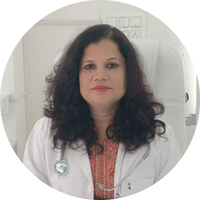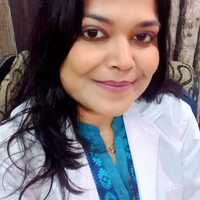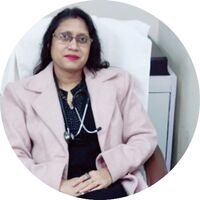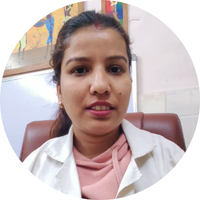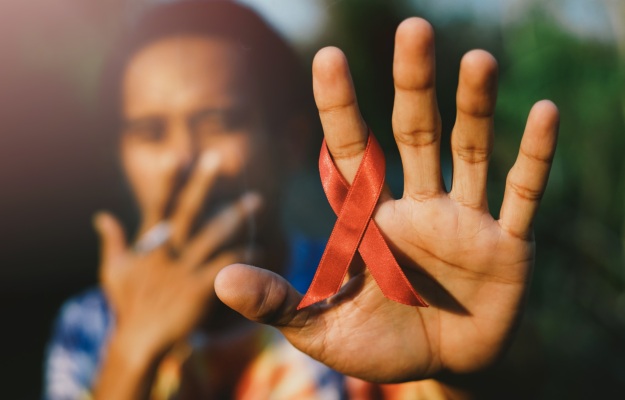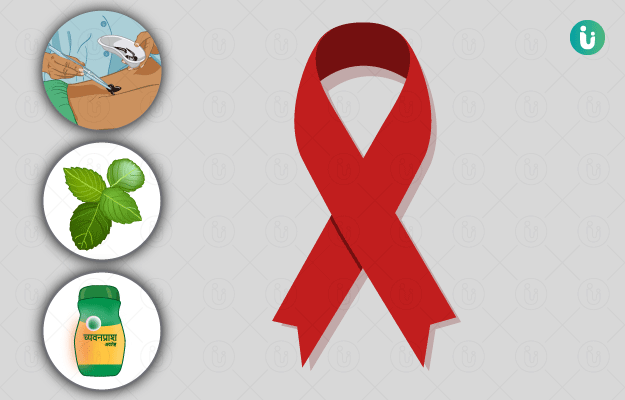HIV is a virus which attacks and destroys white blood cells (CD4 cells), immune system cells that are responsible for fighting off infections in the body. Gradually, the CD4 cells get destroyed to such an extent that the immune system is severely weakened, leaving the person at risk for opportunistic infections and cancer. This indicates the onset of acquired immunodeficiency syndrome (AIDS).
The stages of HIV infection are as follows:
- Stage 1 (Acute HIV infection): The patient experiences flu-like symptoms and swollen glands 2-4 weeks after getting infected with the virus. The viral load in blood is high and the patient is extremely infectious at this stage.
- Stage 2 (Clinical latency): During this stage, the patient remains asymptomatic, though the virus is still multiplying in the body at a slower rate, so the person can still transmit the disease to a healthy individual. This stage may last for a decade or longer, depending on whether or not the patient is taking anti-retroviral therapy (ART).
- Stage 3 (AIDS): During this stage, the immune system gets completely damaged, with the CD4 cell count being lower than 200. Viral load is very high and the person is extremely infectious. If left without treatment, stage 3 patients may survive for up to 3 years.
HIV virus can be transmitted through unprotected sex, when the blood, semen, pre-seminal fluid or vaginal fluids of an infected person come in contact with the broken skin or mucous membrane (i.e. the lining inside the vagina, rectum, penis or mouth) of a healthy individual; by sharing contaminated needles or syringes; and from mother to baby during pregnancy, childbirth or breastfeeding.
Research studies have shown that homoeopathic remedies like arsenicum album, crotalus horridus, lachesis, natrium muriaticum, phosphorus, phytolacca decandra, syphilinum and tuberculinum are useful in managing HIV or AIDS. Homoeopathic treatment aims to strengthen the patient’s defence mechanism which plays an important role in the care and treatment of people with HIV and AIDS. Dosage of a particular remedy may vary widely and is prescribed by the homoeopathic physician based on individual case and miasms.






